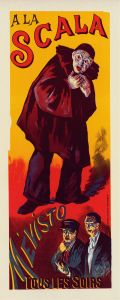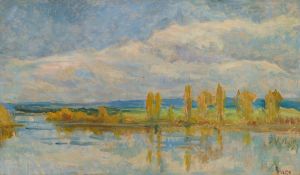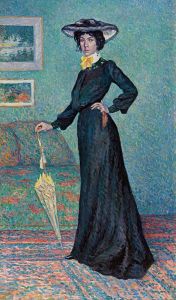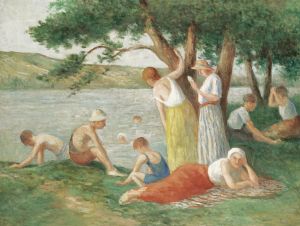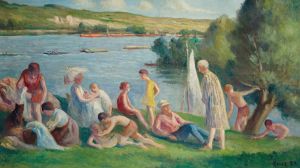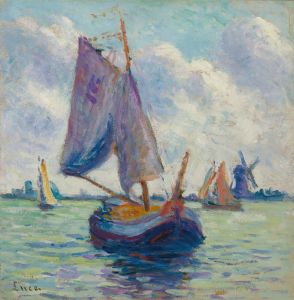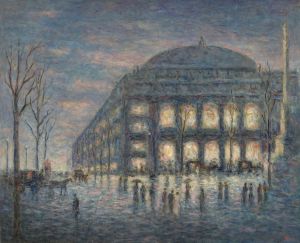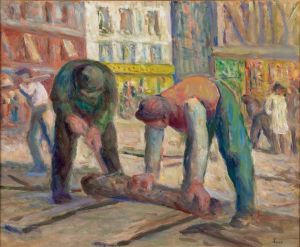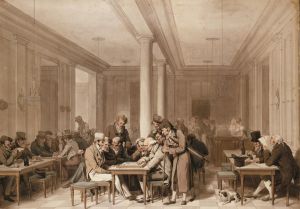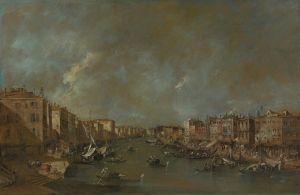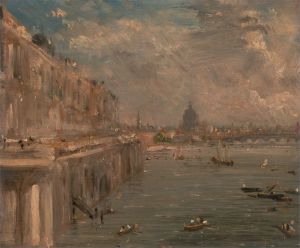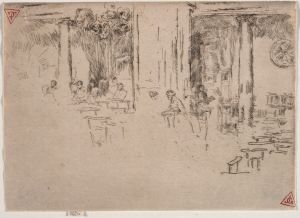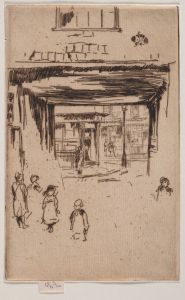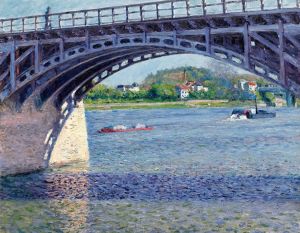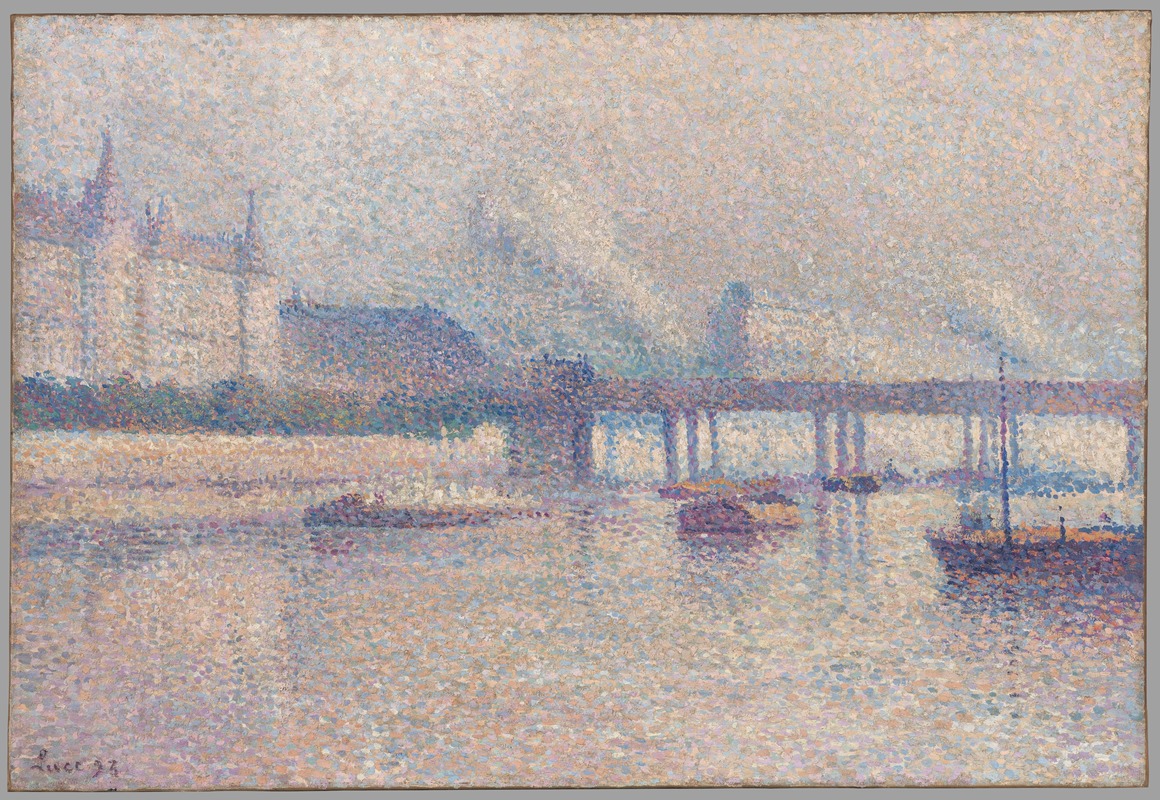
The Banks of the Seine River in Paris
A hand-painted replica of Maximilien Luce’s masterpiece The Banks of the Seine River in Paris, meticulously crafted by professional artists to capture the true essence of the original. Each piece is created with museum-quality canvas and rare mineral pigments, carefully painted by experienced artists with delicate brushstrokes and rich, layered colors to perfectly recreate the texture of the original artwork. Unlike machine-printed reproductions, this hand-painted version brings the painting to life, infused with the artist’s emotions and skill in every stroke. Whether for personal collection or home decoration, it instantly elevates the artistic atmosphere of any space.
Maximilien Luce was a French Neo-Impressionist artist known for his paintings, illustrations, and engravings. Born on March 13, 1858, in Paris, Luce became associated with the Neo-Impressionist movement, which was characterized by the use of pointillism—a technique involving the application of small, distinct dots of color to form an image. This movement was pioneered by Georges Seurat and Paul Signac, and Luce became one of its prominent practitioners.
"The Banks of the Seine River in Paris" is one of Luce's notable works, capturing the essence of Parisian life along the Seine River. The Seine has long been a source of inspiration for artists, serving as a central feature of Paris with its scenic views and vibrant activity. Luce's depiction of the Seine reflects his interest in urban landscapes and the everyday life of the city.
Luce's technique in this painting is indicative of his Neo-Impressionist style. He employs a meticulous application of color, using small strokes or dots to build up the image. This method allows for a vibrant interplay of light and color, capturing the atmospheric effects of the scene. The use of color and light is central to the painting, as it reflects the changing moods and times of day along the riverbanks.
The painting likely portrays a typical day along the Seine, with people engaging in various activities. The riverbanks were, and still are, bustling with life, featuring pedestrians, vendors, and boats. Luce's work often focused on the working class and everyday scenes, providing a glimpse into the lives of ordinary Parisians. This focus is evident in "The Banks of the Seine River in Paris," where the human presence is an integral part of the composition.
Luce's interest in social issues and the human condition is reflected in his choice of subjects. He was known for his political beliefs, which leaned towards anarchism, and his art often conveyed a sense of empathy and solidarity with the working class. This perspective is subtly woven into his landscapes, where the human element is always present, highlighting the connection between people and their environment.
Throughout his career, Luce remained committed to the principles of Neo-Impressionism, even as other movements emerged. His dedication to the style is evident in his consistent use of color theory and his exploration of light. Luce's work, including "The Banks of the Seine River in Paris," contributes to the broader understanding of Neo-Impressionism and its impact on the art world.
Maximilien Luce passed away on February 6, 1941, but his legacy endures through his art. His paintings continue to be celebrated for their technical skill and their ability to capture the spirit of the times. "The Banks of the Seine River in Paris" remains a testament to Luce's talent and his unique perspective on the world around him.





